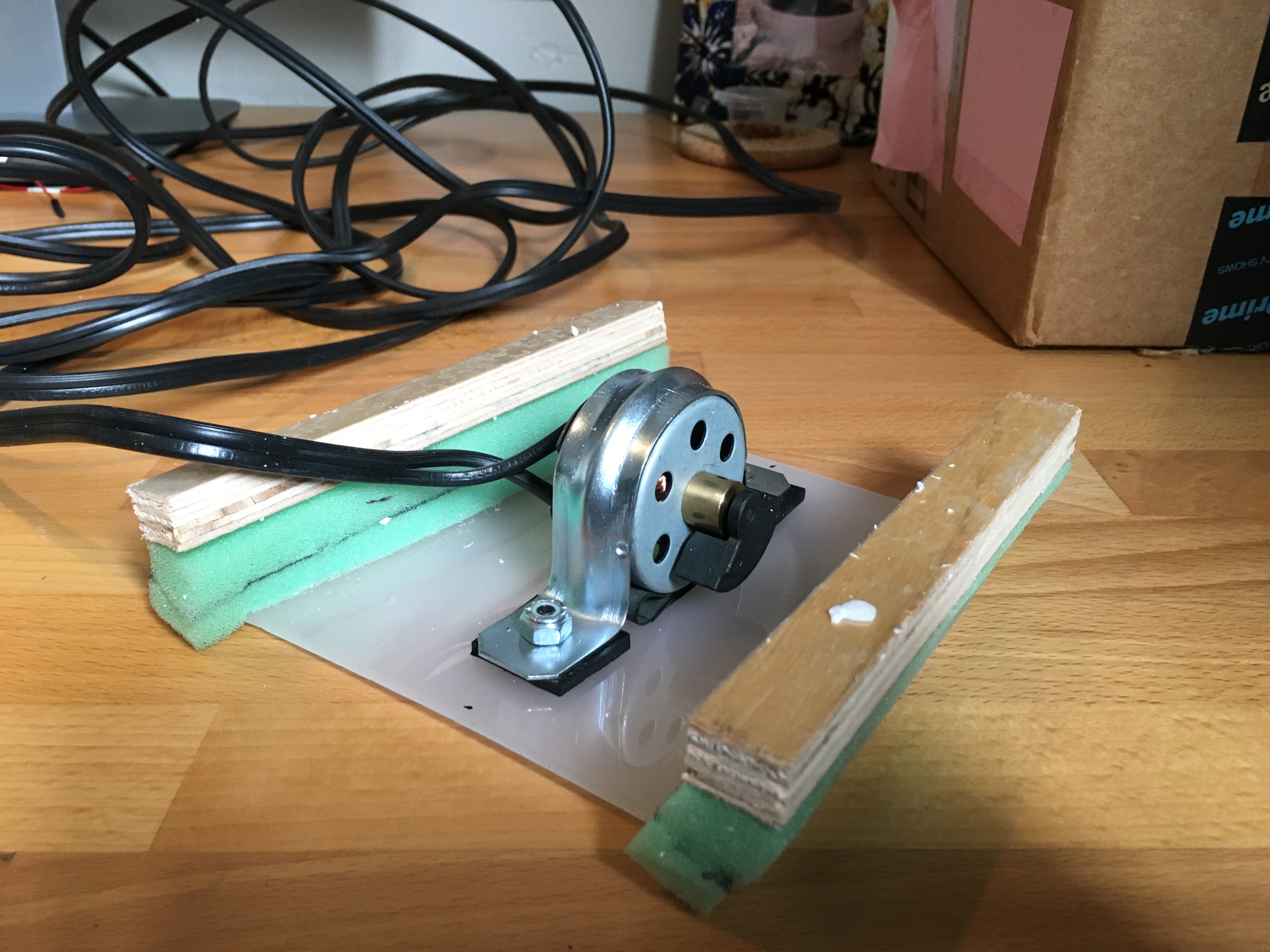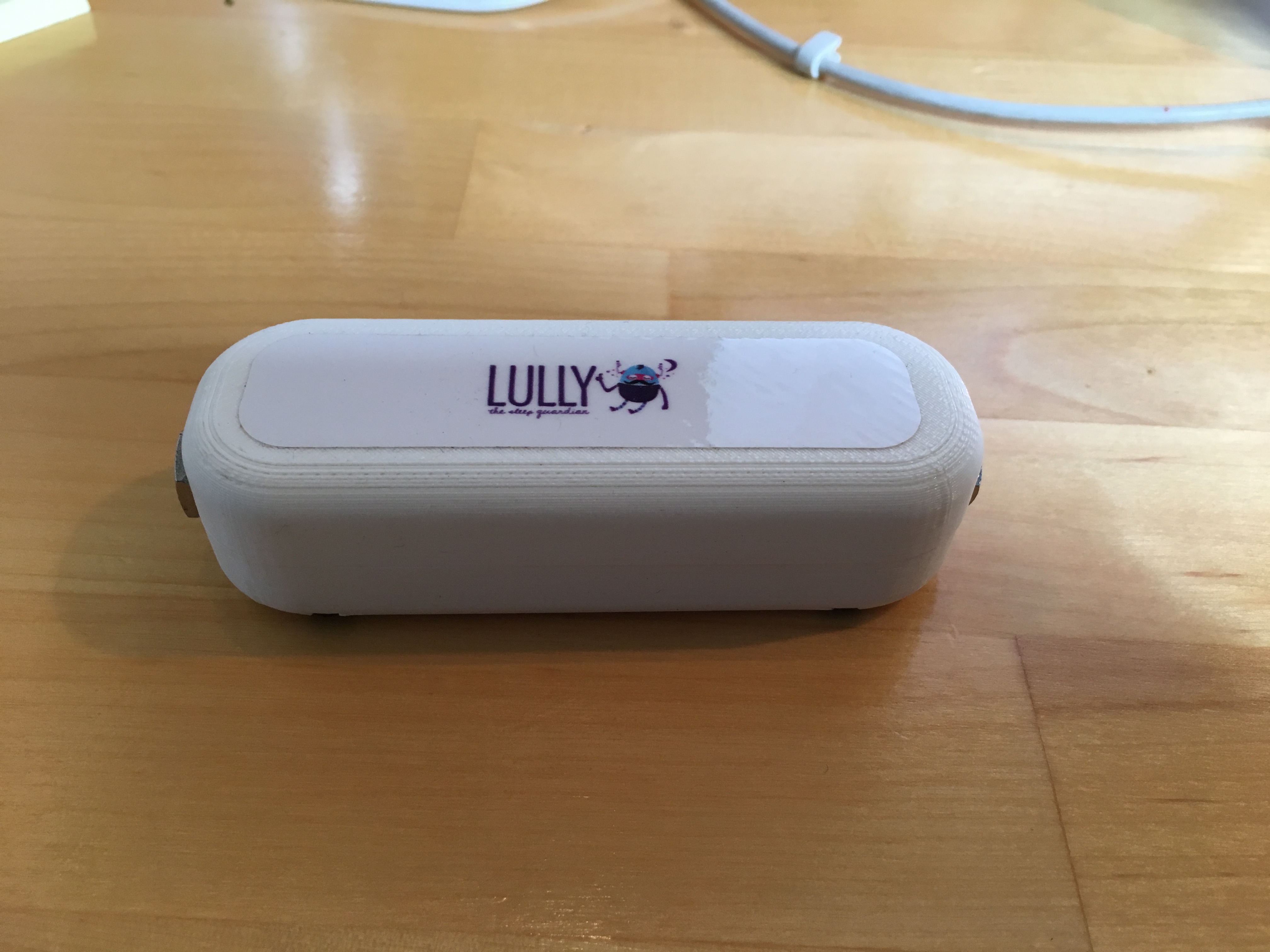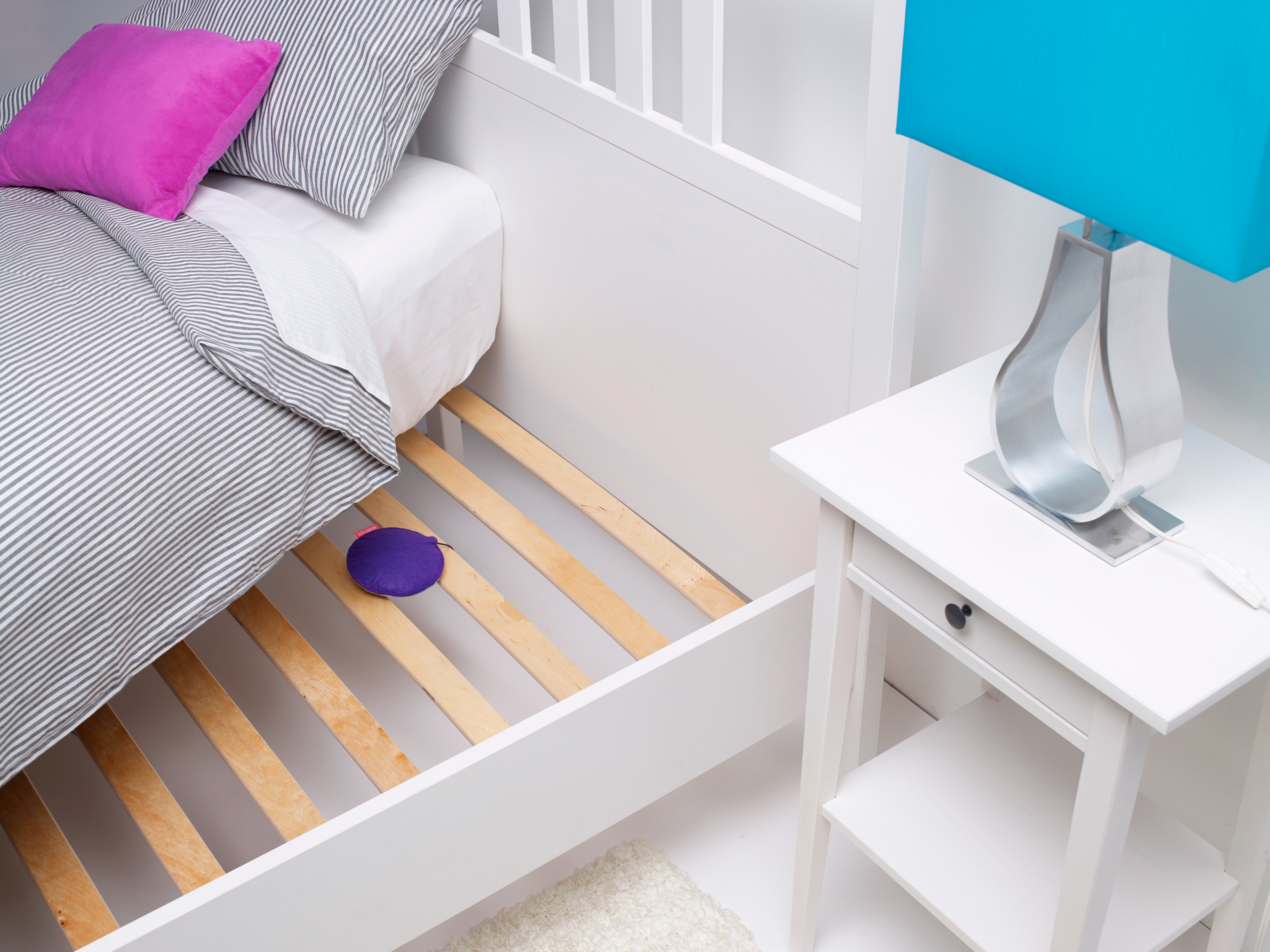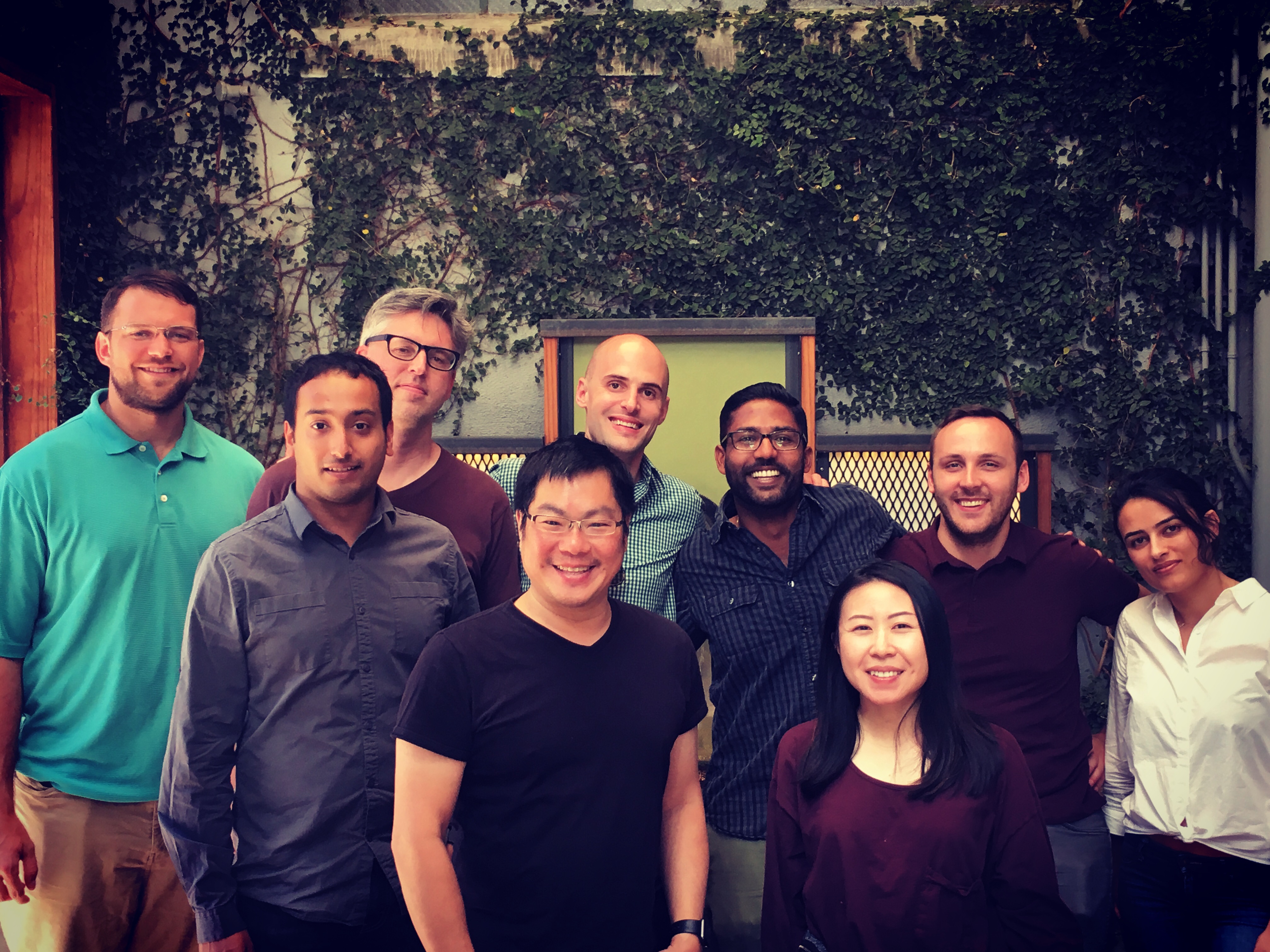Technologies
Lully Reducing Night Terrors:
An Interview with Varun Boriah of Lully
As a Biodesign Innovation Fellow, what was the need you set out to address?
We were seeking a better way to address night terrors in children to reduce parental concern and nights without night awakenings.
In general, the clinical community didn't think night terrors was a significant problem because they didn't see it a lot in their practice, and the condition resolves over time. So it was considered benign. But when you looked at the other stakeholders, particularly parents, they were having to deal with a child who woke up suddenly, crying and looking possessed, several nights each week, and often multiple times in a single night. This could go on for years on end, and that made it a compelling problem to go solve.
What key insight was most important to guiding the design of your solution?
At the need level, we were surprised by the number of people we talked to who either had direct experience with night terrors or knew someone affected by them, but had never thought about the condition as a problem that could be solved. We tried to reach a larger cross-section of these people by posting a survey on the Berkeley Parents Network and we got a huge response. A lot of parents reached out asking if they could enroll their child in a clinical study, which we interpreted as a sign that they were pretty motivated to get help.
“We were surprised by the number of people we talked to who … never thought about the condition as a problem that could be solved.”
With regard to deciding what direction to take with the technology, our greatest insight came from clinical literature that showed the effectiveness of scheduled awakenings in addressing night terrors. The studies had small sample sizes, but the outcomes were very good. All you had to do was wake up your child and keep him or her up for five minutes at a certain point in the sleep cycle. But that got us wondering if we could do the same thing without fully awakening the child. We talked with a number of clinicians at the Stanford Sleep Center and they believed that we might be able to achieve the same results through partial awakenings, which would be far less disruptive to the children and their parents.
How does your solution work?
Our system includes a vibration pod that goes under the child’s mattress and a smartphone app that provides an interface to the parents. The core idea is that we want to get ahead of the night terror pattern. So, what we do on a nightly basis is gather data from the parents about when the night terrors are happening relative to bedtime and fall-asleep time, the severity, and how many night terrors the child is having. All of that information goes into our algorithm to help us predict when to turn on the vibrations to interrupt the unhealthy sleep patterns that result in a night terror. The vibrations help the child transition to the next cycle of sleep and avoid the period of disturbed sleep.
Some families see results from day one. But because it's a behavioral therapy, we've built the product as a 28-day coaching program that gets the family through four weeks of use. Then we recommend that they continue until the night terrors have completely gone away or they’re happy with the reduction in nights with awakenings. If the night terrors come back, which can be triggered by stress, or jet lag, or sickness, then we recommend a one-to-two week refresher through the system.
At what stage of development is the solution?
The solution is currently available for sale through Amazon and other online retailers. And we’ve gotten a lot of great feedback about how it has helped families who have been dealing with night terrors. They tell us things like “The pain and sadness of watching my little guy crying, pacing his room, and [being] terrified is something I hope I never have to see again. And I'm pretty sure at this point I can say Lully is going to make that possible!”
It’s incredibly gratifying to hear directly from customers that “This simple device has stopped our night terrors. I could not be more grateful.”
 This short promotional video, provided by Lully, illustrates how the Sleep Guardian is intended to work (see endorsement disclaimer below).
This short promotional video, provided by Lully, illustrates how the Sleep Guardian is intended to work (see endorsement disclaimer below).
What are your plans for the future of Lully?
We’re developing a portfolio of products for newborns to teenagers to help the entire family sleep better.
Tell us about a major obstacle you encountered and how you overcame it.
I think one of the biggest challenges was that my co-founder, Andy, and I always thought of the product as the physical device. But as soon as we started testing it with families, none of the feedback they gave us was related to the hardware. All the feedback was about the app and the software. Once you put the device under the mattress, you don't even remember it's there, but parents are interacting with the app all the time.
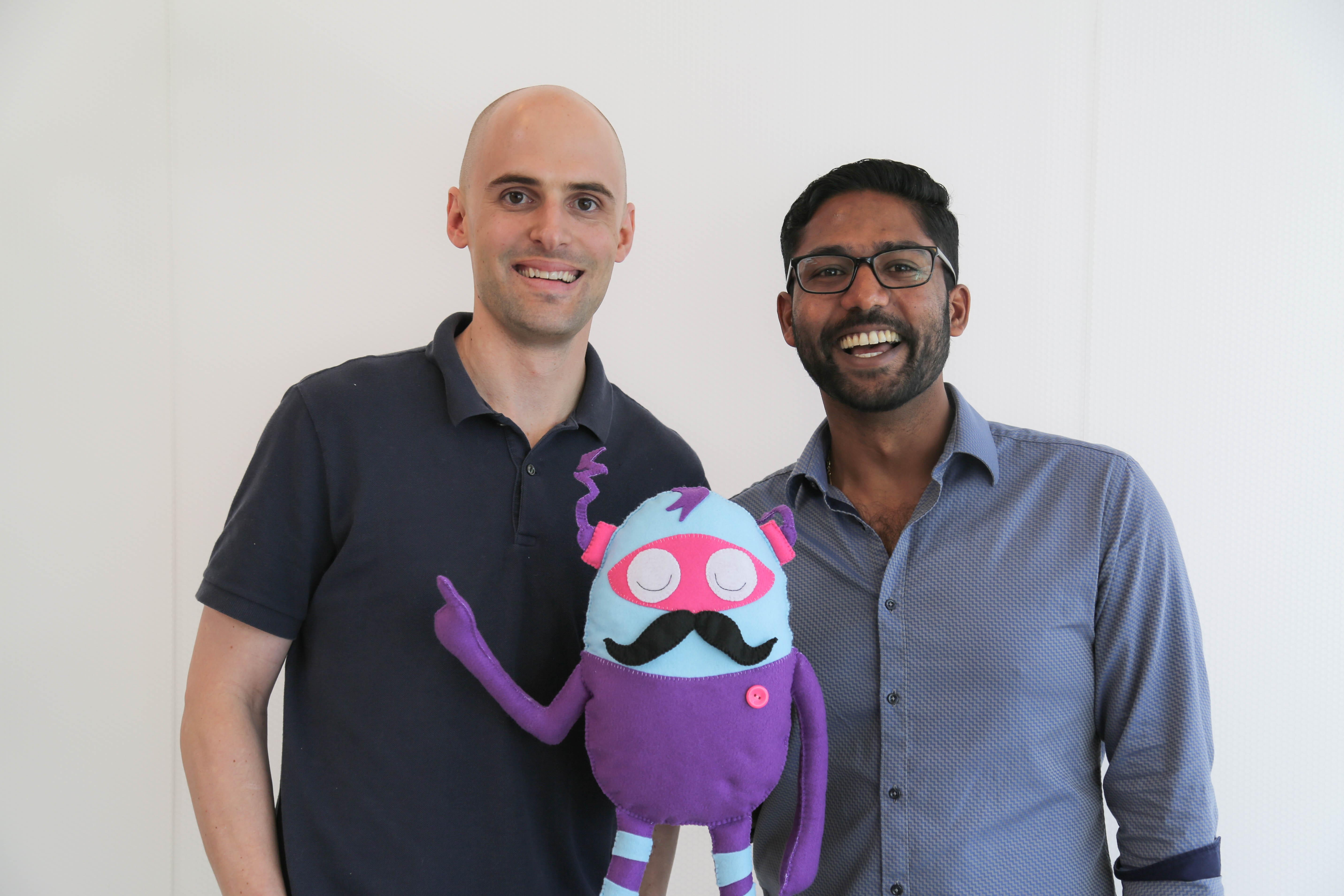 Lully co-founders Andy Rink and Varun Boriah.
Lully co-founders Andy Rink and Varun Boriah.
As a result of this insight, we ended up spending a lot more time and resources on the app than on the hardware component. Whenever we spoke to customers or parents, we asked a lot more questions around their experience with the app. We also had to find the right people to help us. We realized that we probably shouldn't be designing the software experience ourselves; we needed a user experience specialist to define the flows and the primary interactions, and to test those interactions in a large enough group of people to make sure they were intuitive.
“I would invest early-on in building a team of advisors and other contacts with the specific skills, experiences, and connections that are directly relevant to your project…their feedback is often very different than someone who's outside of your direct market"
Reflecting on your experience, what advice do you have for other health technology innovators?
Coming out of Stanford Biodesign, we had a great set of mentors and advisors in medtech and in healthcare more generally. But we didn't have that infrastructure in the consumer health space. A big part of what we did, and in hindsight I wish we did more, was build out the consumer side of our network. So the takeaway from that is I would invest early-on in building a team of advisors and other contacts with the specific skills, experiences, and connections that are directly relevant to your project, because their feedback is often very different than someone who's outside of your direct market.
Varun Boriah co-founded Lully out of the Biodesign Innovation Fellowship in 2014 with fellowship alumnus Andy Rink. To learn more, visit the Lully website.
Disclaimer of Endorsement: All references to specific products, companies, or services, including links to external sites, are for educational purposes only and do not constitute or imply an endorsement by the Byers Center for Biodesign or Stanford University.

